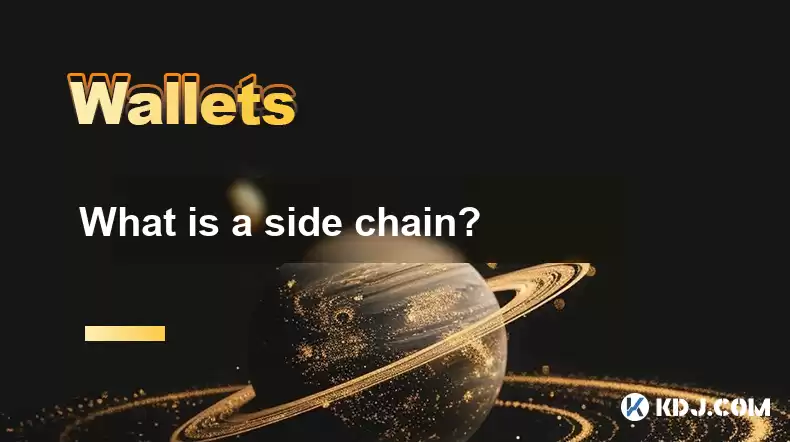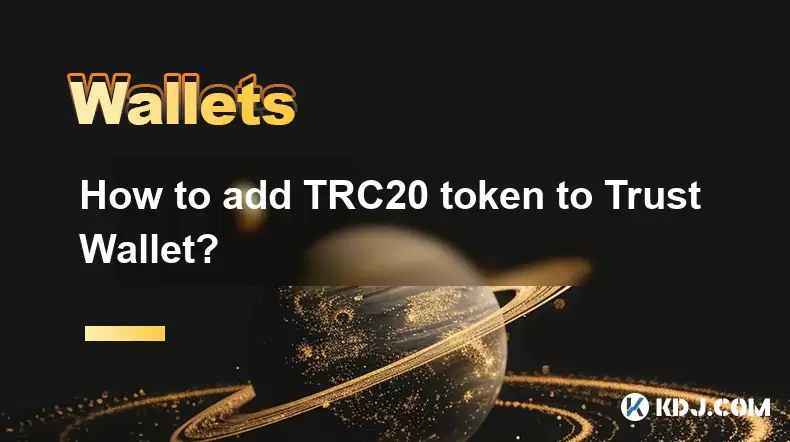-
 Bitcoin
Bitcoin $114100
-0.14% -
 Ethereum
Ethereum $3635
-0.73% -
 XRP
XRP $2.949
-2.85% -
 Tether USDt
Tether USDt $0.9999
-0.03% -
 BNB
BNB $760.3
-0.78% -
 Solana
Solana $163.8
-2.77% -
 USDC
USDC $0.9998
-0.04% -
 TRON
TRON $0.3323
-0.57% -
 Dogecoin
Dogecoin $0.2004
-2.99% -
 Cardano
Cardano $0.7245
-2.87% -
 Hyperliquid
Hyperliquid $37.52
-3.75% -
 Stellar
Stellar $0.3915
-3.58% -
 Sui
Sui $3.416
-2.20% -
 Bitcoin Cash
Bitcoin Cash $559.5
-0.84% -
 Chainlink
Chainlink $16.41
-2.16% -
 Hedera
Hedera $0.2406
-1.78% -
 Ethena USDe
Ethena USDe $1.001
0.00% -
 Avalanche
Avalanche $22.13
-1.98% -
 Litecoin
Litecoin $117.8
-4.32% -
 UNUS SED LEO
UNUS SED LEO $8.989
0.01% -
 Toncoin
Toncoin $3.183
-5.09% -
 Shiba Inu
Shiba Inu $0.00001214
-1.97% -
 Uniswap
Uniswap $9.654
-1.71% -
 Polkadot
Polkadot $3.616
-1.18% -
 Monero
Monero $291.6
-2.66% -
 Dai
Dai $0.9999
0.00% -
 Bitget Token
Bitget Token $4.310
-1.10% -
 Cronos
Cronos $0.1382
-1.93% -
 Pepe
Pepe $0.00001021
-3.40% -
 Aave
Aave $257.9
-1.42%
What is a side chain?
Side chains play a crucial role in blockchain ecosystems by enhancing scalability and interoperability, bridging the gap between different blockchains and supporting specialized applications.
Feb 22, 2025 at 07:24 pm

Key Points:
- Definition and Purpose of Side Chains
- Technical Architecture of Side Chains
- Types of Side Chains
- Benefits and Limitations of Side Chains
- Considerations for Selecting Side Chains
- Use Cases for Side Chains
- FAQs on Side Chains
What is a Side Chain?
A side chain is a blockchain that operates alongside a main blockchain, often referred to as the parent chain. It leverages a two-way peg mechanism to connect with the parent chain, enabling the transfer of assets and data between the two blockchains.
Technical Architecture of Side Chains
Side chains have their own independent consensus mechanism, which may differ from the parent chain's mechanism. This allows for greater flexibility in implementing new features and achieving different performance characteristics. The two blockchains communicate through a two-way peg, which establishes a trustless bridge for asset transfers.
Types of Side Chains
- Federated Side Chains: These are side chains governed by a consortium of entities, often referred to as a federation. The federation maintains control over the side chain's operations and consensus mechanism.
- Independent Side Chains: These side chains operate independently from the main blockchain and have their own distinct ecosystem and community. They typically have their own native tokens and governance mechanisms.
- Child Side Chains: These side chains are created and controlled by the parent chain. They inherit certain attributes from the parent chain, such as security, consensus mechanism, and block structure.
Benefits and Limitations of Side Chains
Benefits:
- Enhanced scalability: Side chains offload transactions and computations from the parent chain, improving its performance and throughput.
- Interoperability: Side chains facilitate communication between different blockchains, enabling asset transfers and cross-chain applications.
- Innovation: Side chains provide a sandbox environment for experimenting with new features and technologies without compromising the stability of the parent chain.
Limitations:
- Security: Side chains may inherit potential security vulnerabilities from the parent chain or from their own unique mechanisms.
- Complexity: Side chain deployments involve technical complexity and require expertise in blockchain development and management.
- Dependence: Side chains rely on the security and stability of the parent chain, which can impact their own reliability.
Considerations for Selecting Side Chains
- Compliance: Consider regulatory compliance requirements that may apply to specific side chains or their use cases.
- Security: Evaluate the security mechanisms employed by the side chain and its track record of stability.
- Interoperability: Assess the side chain's ability to seamlessly communicate with other blockchains and applications.
- Transaction fees: Factor in the transaction fees associated with using the side chain, as they may vary from the parent chain's fees.
Use Cases for Side Chains
- Scalability solutions: Side chains can be used to offload high-volume transactions from congested mainnet blockchains.
- Cross-chain bridges: Side chains can serve as bridges between different blockchains, enabling interoperability and asset transfers.
- Specialized applications: Side chains can be tailored to specific needs, such as supporting privacy-enhancing features or implementing governance models.
FAQs on Side Chains
1. What is the main advantage of using side chains?
Enhanced scalability and interoperability, allowing for efficient transaction processing and cross-chain communication.
2. Are side chains secure?
Security depends on the specific side chain's implementation and the security of the parent chain. Some side chains may offer additional security measures.
3. How do side chains communicate with the parent chain?
Through a two-way peg mechanism, which establishes a trustless bridge for asset transfers and data exchange.
4. Can side chains operate independently from the parent chain?
Yes, independent side chains have their own governance mechanisms and do not rely on the parent chain for operation or security.
5. What are potential drawbacks of using side chains?
Increased complexity in deployment and management, as well as potential security risks due to reliance on the parent chain or inherent vulnerabilities in the side chain's design.
Disclaimer:info@kdj.com
The information provided is not trading advice. kdj.com does not assume any responsibility for any investments made based on the information provided in this article. Cryptocurrencies are highly volatile and it is highly recommended that you invest with caution after thorough research!
If you believe that the content used on this website infringes your copyright, please contact us immediately (info@kdj.com) and we will delete it promptly.
- Acapulco Crafts in Crisis: Sales Plummet, Artisans Struggle
- 2025-08-06 14:30:12
- SEC, Crypto & Bitwise CIO: A New Dawn?
- 2025-08-06 14:35:11
- Coinbase, Financing, and the Crypto Market: Navigating Choppy Waters in NYC Style
- 2025-08-06 12:50:11
- Bitcoin in Indonesia: Crypto Education and Economic Strategy
- 2025-08-06 12:50:11
- DeriW Mainnet: Zero Gas Fees Revolutionize On-Chain Derivatives Trading
- 2025-08-06 10:30:11
- IOTA, Cloud Mining, and Eco-Friendly Crypto: A New York Investor's Take
- 2025-08-06 10:30:11
Related knowledge

How to add TRC20 token to Trust Wallet?
Aug 04,2025 at 11:35am
Understanding TRC20 and Trust Wallet CompatibilityTrust Wallet is a widely used cryptocurrency wallet that supports multiple blockchain networks, incl...

How to securely store my Trust Wallet recovery phrase?
Aug 06,2025 at 07:14am
Understanding the Importance of Your Trust Wallet Recovery PhraseYour Trust Wallet recovery phrase, also known as a seed phrase or mnemonic phrase, is...

Why am I receiving random tokens in my Trust Wallet (dusting attack)?
Aug 06,2025 at 10:57am
What Is a Dusting Attack in the Cryptocurrency Space?A dusting attack occurs when malicious actors send minuscule amounts of cryptocurrency—often frac...

What is a watch-only wallet in Trust Wallet?
Aug 02,2025 at 03:36am
Understanding the Concept of a Watch-Only WalletA watch-only wallet in Trust Wallet allows users to monitor a cryptocurrency address without having ac...

Why can't I connect my Trust Wallet to a DApp?
Aug 04,2025 at 12:00pm
Understanding DApp Connectivity and Trust WalletConnecting your Trust Wallet to a decentralized application (DApp) is a common process in the cryptocu...

How to fix a stuck pending transaction in Trust Wallet?
Aug 03,2025 at 06:14am
Understanding Why Transactions Get Stuck in Trust WalletWhen using Trust Wallet, users may occasionally encounter a pending transaction that appears t...

How to add TRC20 token to Trust Wallet?
Aug 04,2025 at 11:35am
Understanding TRC20 and Trust Wallet CompatibilityTrust Wallet is a widely used cryptocurrency wallet that supports multiple blockchain networks, incl...

How to securely store my Trust Wallet recovery phrase?
Aug 06,2025 at 07:14am
Understanding the Importance of Your Trust Wallet Recovery PhraseYour Trust Wallet recovery phrase, also known as a seed phrase or mnemonic phrase, is...

Why am I receiving random tokens in my Trust Wallet (dusting attack)?
Aug 06,2025 at 10:57am
What Is a Dusting Attack in the Cryptocurrency Space?A dusting attack occurs when malicious actors send minuscule amounts of cryptocurrency—often frac...

What is a watch-only wallet in Trust Wallet?
Aug 02,2025 at 03:36am
Understanding the Concept of a Watch-Only WalletA watch-only wallet in Trust Wallet allows users to monitor a cryptocurrency address without having ac...

Why can't I connect my Trust Wallet to a DApp?
Aug 04,2025 at 12:00pm
Understanding DApp Connectivity and Trust WalletConnecting your Trust Wallet to a decentralized application (DApp) is a common process in the cryptocu...

How to fix a stuck pending transaction in Trust Wallet?
Aug 03,2025 at 06:14am
Understanding Why Transactions Get Stuck in Trust WalletWhen using Trust Wallet, users may occasionally encounter a pending transaction that appears t...
See all articles

























































































